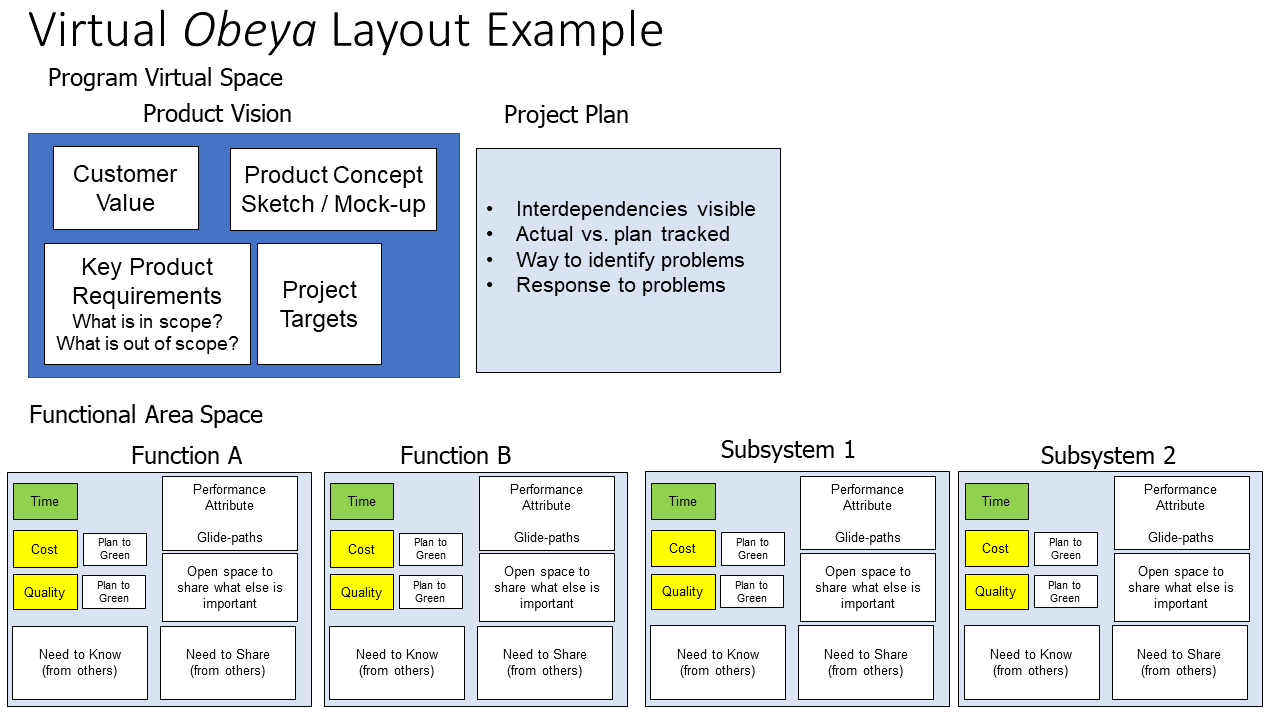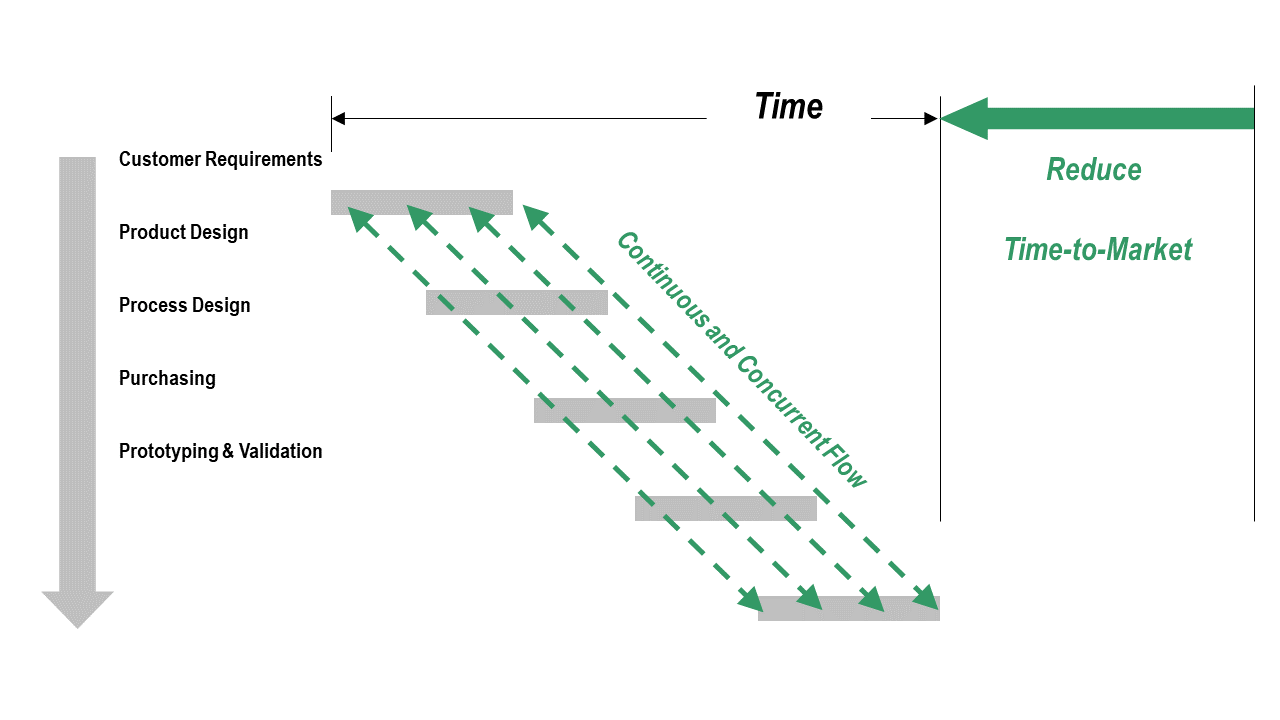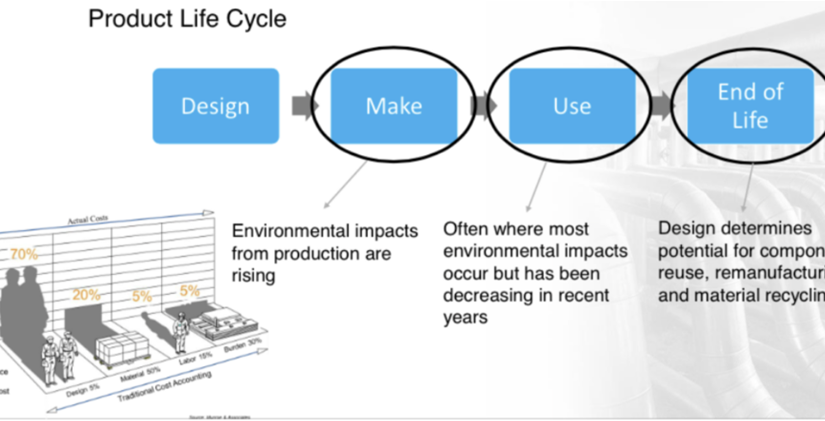-
Seeing and Understanding the Work in Product and Process Development

The biggest benefit of making the work visible – the conversations and interactions it facilitates. The ensuing dialogue about the plan facilitates mutual understanding amongst the different functions involved about how their work fits together to deliver customer value. This isn’t about just understanding the plan, but understanding each other and the impact of decisions and…
-
How a virtual obeya can enable effective teamwork

With an obeya, we are trying to create conditions for teams to effectively work together to make decisions and solve problems… understanding the work visually. This shared understanding of the work needs to include how everyone’s work fits together including interdependencies.
-
The Value of A Visual Schedule is Developing Shared Understanding

Collaboratively creating a schedule gives individuals the autonomy they need to control what they are working on. It also helps connect to purpose with how their individual work fits into the overall development plan. Mastery is focused on skill development, which usually isn’t part of schedule development but is a piece of the puzzle you…
-
The Dark Side of Concurrent Engineering

Avoiding the “dark side” begins with understanding the work and interdependencies to enable downstream partners to provide inputs at the right times to incorporate their knowledge earlier in the process. This isn’t just inviting people to participate in meetings earlier, but rather understanding the work together and what information is relevant at the right time and then…
-
Cutting Carbon Emissions and Product Costs Through Lean Product and Process Development

When managing or improving a business we often focus on the areas that have the biggest contribution to the bottom line. The biggest opportunity to impact these costs comes during the design phase since decisions made during design lock in the on-going costs. These costs aren’t just financial, but environmental as well. Many of these…
